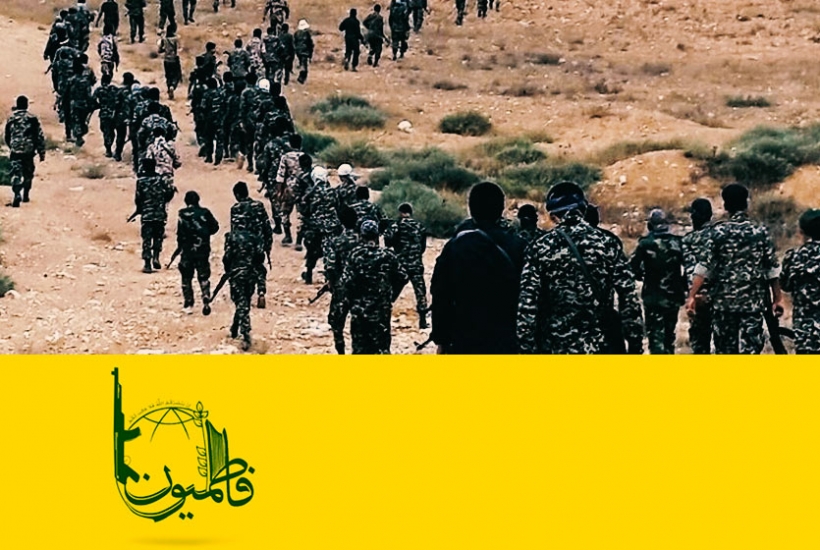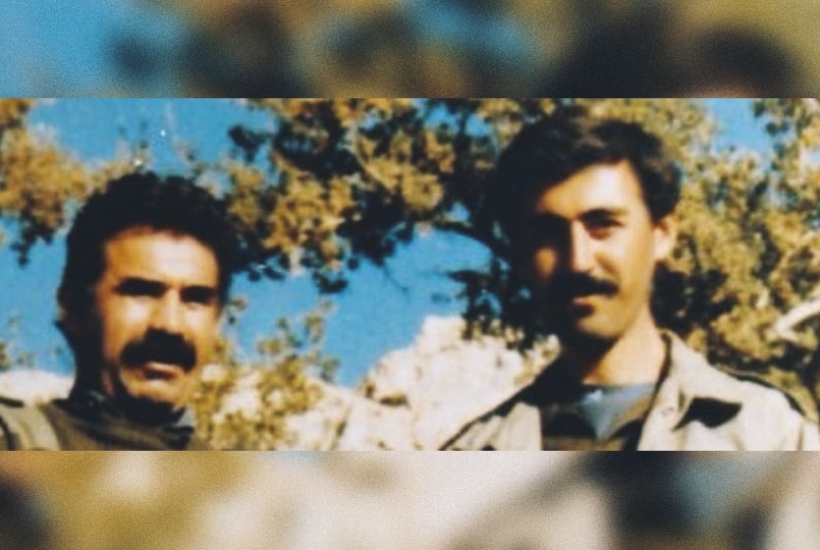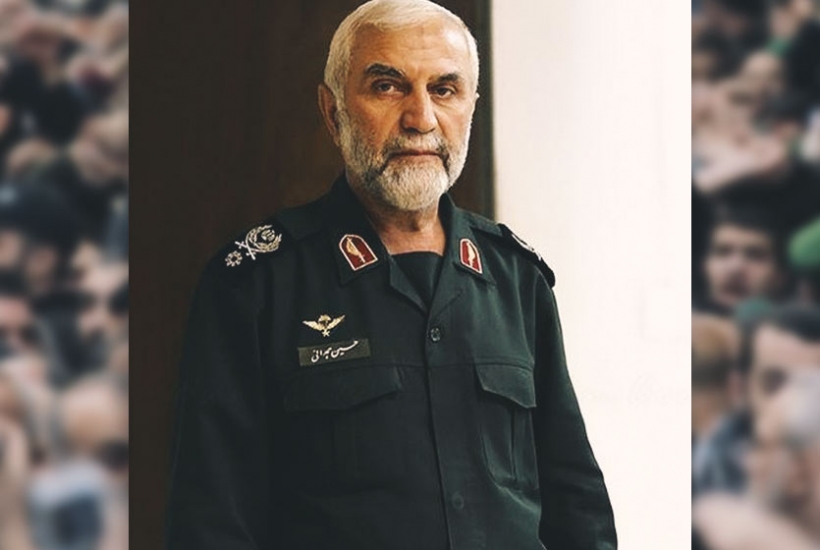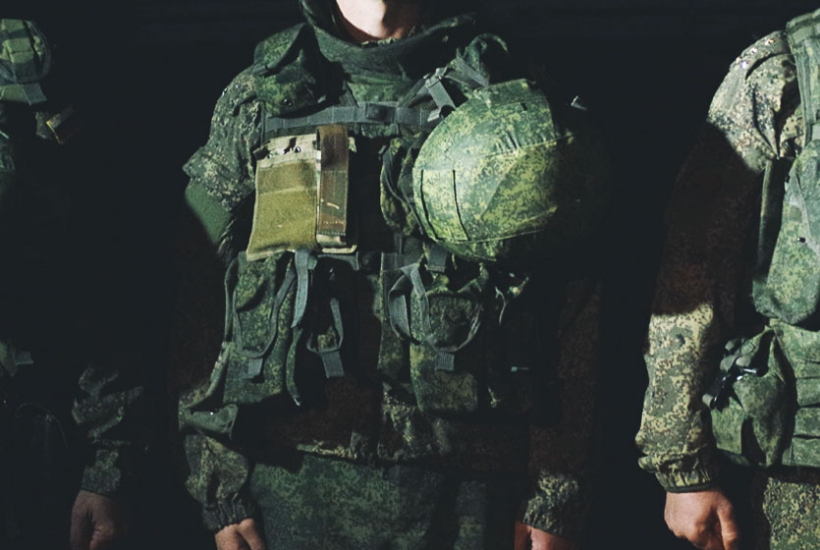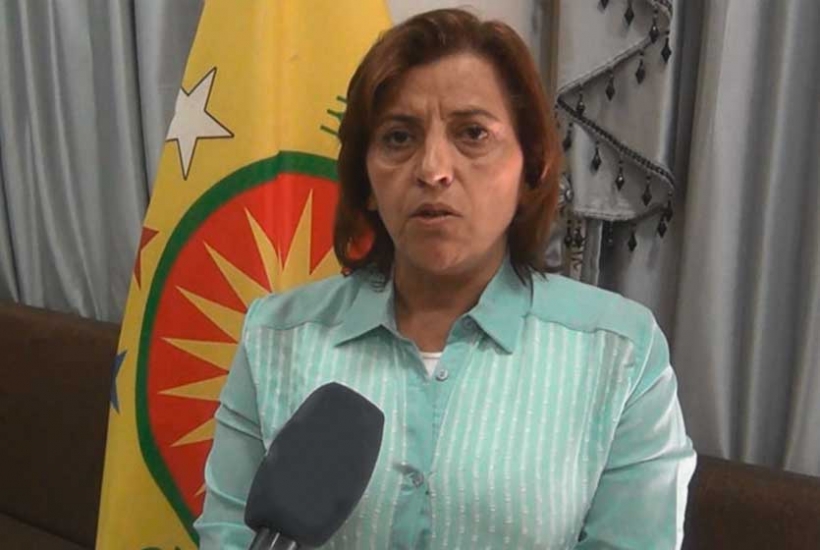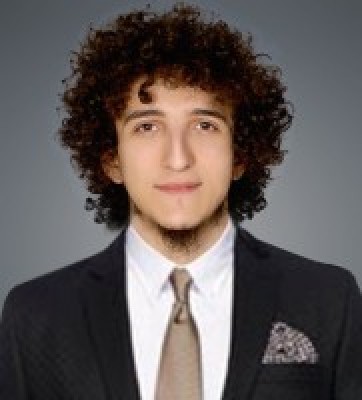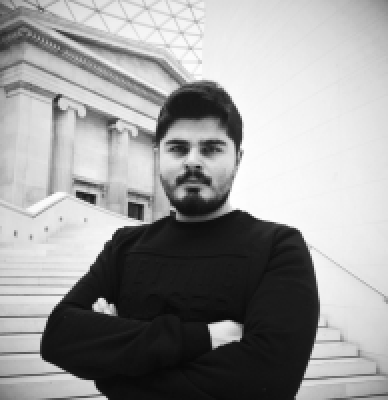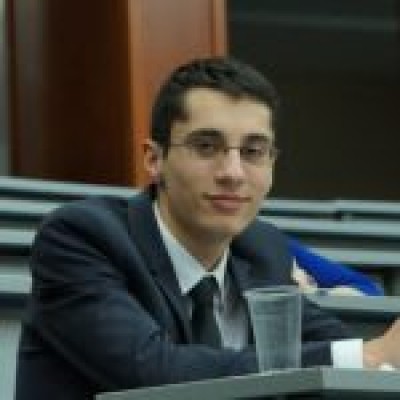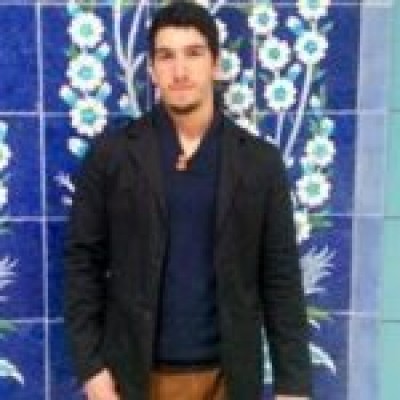Who is Who?
Fatimiyyun Brigade
Fatimiyyun BrigadeOne of the foreign fighters communities who are backing the Assad regime in Syria are the Hazaras from Afghanistan. In 2012 the Afghan fighters who were operating under the wing of the Iraq-based group Abul Fazl el-Abbas, later in 2013 started to form the Fatimiyyun Brigade after their numbers soared.
The Fatimiyyun brigade, made up of Afghan Shia Hazaras, are the second most capable paramilitary organization mobilized by Iran, after Hezbollah, to keep Iran’s ally Assad afloat. The group’s core is made up of Hazaras who settled before 2011 near the Seyyide Zeyneb shrine in southern Damascus. Because they know the Arabic language rather well, they have not really struggled with coordination in Syria and had put up tough resistance in southern Damascus when the war began.
The Fatimiyyun brigade’s numbers have risen to 20.000 fighters after Iran’s efforts to mobilize Afghan refugees in Iran and especially Tahran and Mashad. The tourism agencies Iran has opened in Kabul and Herad have facilitated the flow of fighters from Afghanistan to Syria.
The Fatimiyyun brigade has fought in the most intense battlefields like in Aleppo and Daraa. They have lost at least two thousand fighters until now.
The brunt of the Afghan fighters in the Fatimiyyun brigade comprises of unemployed, poor and low educated young fighters who are motivated by their desire to defend the shrines of Seyyide Zeyneb and Seyyide Rukiyye.
The Fatimiyyun brigade is backed by Iran in terms of military, logistical and financial support. The Fatimiyyun brigade’s former commander Murteza Atayi who died in Latakia in 2016, claimed in an interview that the Afghan fighters get a monthly payment of 2.500.000 Iranian Toman. Another source claimed that they get 600 dollars a month from Iran.
Those fighters who pass away are met with ceremonies at their crowded funerals where important Iranian state elites pay their respects. This has in turn motivated Afghan refugees to sign up for the Fatimiyyun Brigade. The main motivation for the Fatimiyyun militias is, like all other Iran-backed Shia militias, the protection of the Seyyide Zeynep shrine.
The Fatimiyyun Brigade plays an important part in changing the demographics of Syria in a way that favors Iran. The Fatimiyyun Brigade, after capturing Albukamal near the Syrian-Iraqi border announced that: “For the sake of the Zeynep and Rukiyye shrines, we will continue our fight for the independence of Syria and are ready to go anywhere.”
Shahoz Hasan
Shahoz Hasan
While his date of birth is unknown, Shahoz Hasan is known to have been born in Syria’s Hasakah province. During the local council elections he is known to have cast his vote in Hasakah’s Salihiyah neighborhood.
He is alleged to have joined the PKK in 1995 and has served in different posts in the PKK’s headquarters of Qandil until 2011.
After he left Qandil his article “the Peoples Spring” which revolved around Öcalan’s ideas was published on the PKK’s official website. Shahoz Hasan’s picture together with Abdullah Öcalan was even included.
After the Syrian Civil War began in 2011, he has been involved in political activities within the TEV-DEM organization and has especially focused on its media activities. Shahoz Hasan also is a coordinating member of the Democratic Press Union.
Shahoz Hasan has been actively involved with the PYD since 2013 and has been an active member of the leadership cadre in the city of Ayn El Arab (Kobane).
In 2015 Shahoz Hasan became a member of the political branch of the Syrian Democratic Forces (SDF), the Syrian Democratic Council, while at the same time being a founding member of the Northern Syrian Democratic Federation.
Shahoz Hasan was voted co-chair of the PYD together with Aishe Hiso, replacing Salih Müslim and Asya Abdullah, during the 7th Congress which was realized on the 27th and 28th of September 2017. He is known to have been given this position for his good relations with Arab tribes.
After being elected co-chair Shahoz Hasan said in an interview: “We as a party take our leader Abdullah Öcalan’s ideas, philosophy and paradigm as essential to our beliefs”. By saying this Shahoz Hasan sheds light on the organic relationship between the PYD, PKK and the SDF.
Huseyin Hamedani
Huseyin Hamedani
Huseyin Hamedani was born in Huzistan’s Abadan (Iran) in 1960. His father worked as a laborer in an oil refinery. Hamedani lost his father at a young age and started to work at a medicine factory in Tahran after dropping out of school. He was imprisoned after joining the protests against the Iranian Shah.
Hamedani was responsible for organizing the Republican Guard in Iran’s western provinces of Kurdistan and Hamedan. He played a pivotal role in suppressing the uprisings in the cities of Merivan and Pave that started after the Revolution of 1979.
Hamedani attained important posts during the Iran-Iraq war of 1980-1988 for his loyalty to the guide of the Revolution the late Ali Khamenei. In 1995 he went to the Democratic Republic of the Congo to aid in suppressing the uprisings for the central government during the civil war.
Hamedani attained the post of Deputy to the Republican Guard General Command. After the Green Movement protests started after the contested presidential elections in 2009, he was appointed as the General Commander of the Republican Guard for Tahran and played an important role in suppressing the protests.
When the protests started in Syria in 2011 Hamedani left for Damascus. Hamedani claimed to be there as a “military advisor” and attached great importance to cultural activities as well.
To raise the Syrian youth along his preferred ideological lines he started educational groups known as “Kesab”. Hamedani claimed that the aim of these groups was to “raise the spirituality, unity and cooperation of Syrian Sunni, Shia and Alevite youth to attain our objectives more easily”. Iran’s former head of the Arts and Literature Organization Güjali Babavi claimed in an interview that Hamedani employed Egyptian translators for translating political and religious books from Persian to Arabic. Hamedani played an important part in transforming the Syrian Arab Army’s secular identity to one that resembles the Iranian army’s.
Hamedani started aid organizations for the reconstruction of Syria in all of the Iranian cities. To educate Syrians on matters of constructions he founded the “Cihad el-Bena” organization.
Hüseyin Hamedani argued at a conference in Iran that “Qasim Suleimani wanted to bring an army from Iran to Syria to finish the war definitely, however, the Guide Ali Khamenei advised us to found a second Hezbollah in all 14 provinces of Syria, made up of both Sunnis and Shias, and we founded 42 brigades and 138 battallions. We founded the People’s Power that is made up of 70 thousand fighters of which 30 thousand were trained in Iran. These newly formed forces took over 130 villages, we should be proud of this.” Hamedani also founded the “Kuvvet el-Riza” military unit that is made up of solely Syrian Shias.
Hamedani aided Qasem Suleimani, the Quds Force Commander of the Iranian Republican Guard that oversees special operations on foreign soil, in Syria. Hamedani survived an assassination attempt near his home in Damascus in 2013.
Huseyin Hamedani was killed on the 9th of October 2015 while moving to the North of Hama on the Hanasir-Esirya road that lies to the southeast of Aleppo.
Republican Guard General Commander Major General Ali Cafer argued that: “The Syrian people owe a lot to Hamedani, for if he wasn’t there, Damascus would have fallen for sure”. Huseyin Hamedani is the highest ranking member of Iran’s Republican Guard to have been killed in Syria. After his death he was promoted to the rank of Brigadier General.
Wagner Group
Wagner Group
The date on which the Wagner Group was founded is unknown. The Wagner Group is known to have been active on battlefields in Syria and Ukraine.
While the exact number of mercenaries among the ranks of the Wagner Group is unknown, several sources based on news articles and academic papers puts the number between 1.000 and 3.000 in total.
Until 2013 the group was led by Russian lieutenant colonel Dimitri Utkin. Utkin is on the list of people sanctioned by the US.
Dimitri Utkin attended the Motherland Heroes Day reception in Russia on the 9th of December 2016 and was awarded a medal by Vladimir Putin, which shows the group’s relationship with the state.
The group’s members are trained to handle any weapon on any terrain in Russia. The training is hard and intensive after which the mercenaries are sent to battlefields.
The Wagner Group’s mercenaries on average earn more than the Russian army officer as they earn an amount that varies between 1.400 and 4.500 dollars.
Officially their existence is not acknowledged and by law prohibited. The bodies of those mercenaries who pass away are sent to their families in private and no ceremonies are held. It is claimed the airstrikes in Deir ez Zor by US-led Coalition airplanes on the 7th of Febuary 2018 killed dozens of Wagner Group soldiers. Some sources put this number in the hundreds.
Hevi Ibrahim Mustefa
Afrin Executive Council Co-Chair Hevi Ibrahim Mustefa
Hevi Ibrahim Mustefa was born in 1967 in the village of Mabeta which lies in Afrin within the province of Aleppo.
Her family is said to have been forced to migrate to Afrin after the incidents in Tunceli between the years of 1937-1938. However, they have no real ties to Tunceli and it is believed she resonates from Kahramanmaraş or Adıyaman in Turkey instead.
Hevi Mustefa was a teacher between 1987 – 2012 in Aleppo, after which she moved to the city of Afrin in 2012 because of the civil war.
She became the Co-Chair of the Afrin Canton Executive Council, which declared itself independent on the 29th of January 2014.
After she became the Co-Chair of the Afrin Executive Council she toured Europe and met with EU-officials.
At different times she has given statements to Kurdish, Arab, Western and PKK press about the area of Afrin and she has emphasized her own Alevite, Kurdish and female identity.
After the Turkish Armed Forces and the FSA started the Olive Branch Operations she has written a column for the Washington Post wherein she asked the USA and the West for help after which she managed to get on the public agenda.
In the statements she has given to the press she has claimed that Öcalan is the leader of the Kurdish people and that the Kurds have adopted his teachings as principles. Her statements that legitimize the PKK are evidence to the organic ties between the PKK and the PYD.

